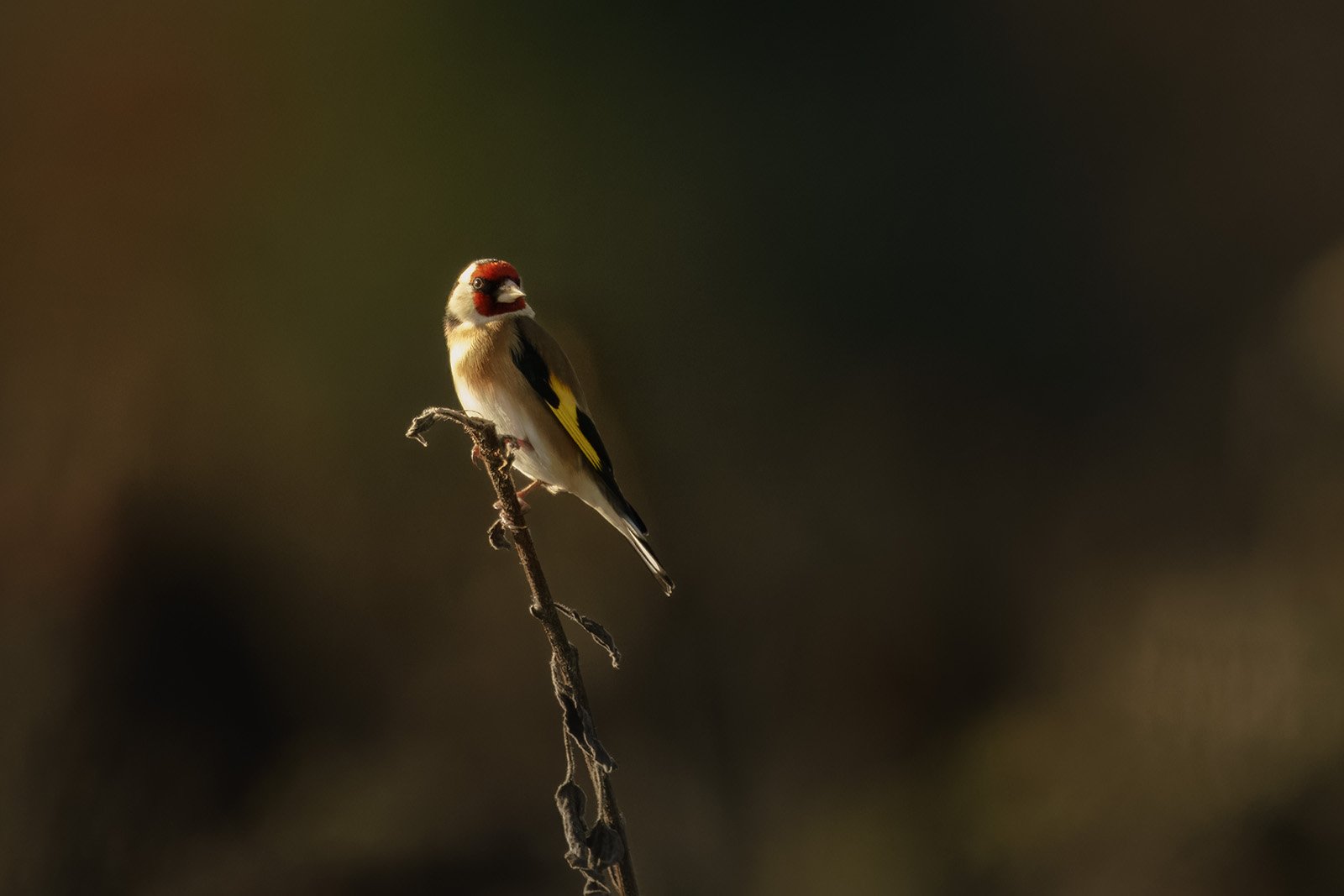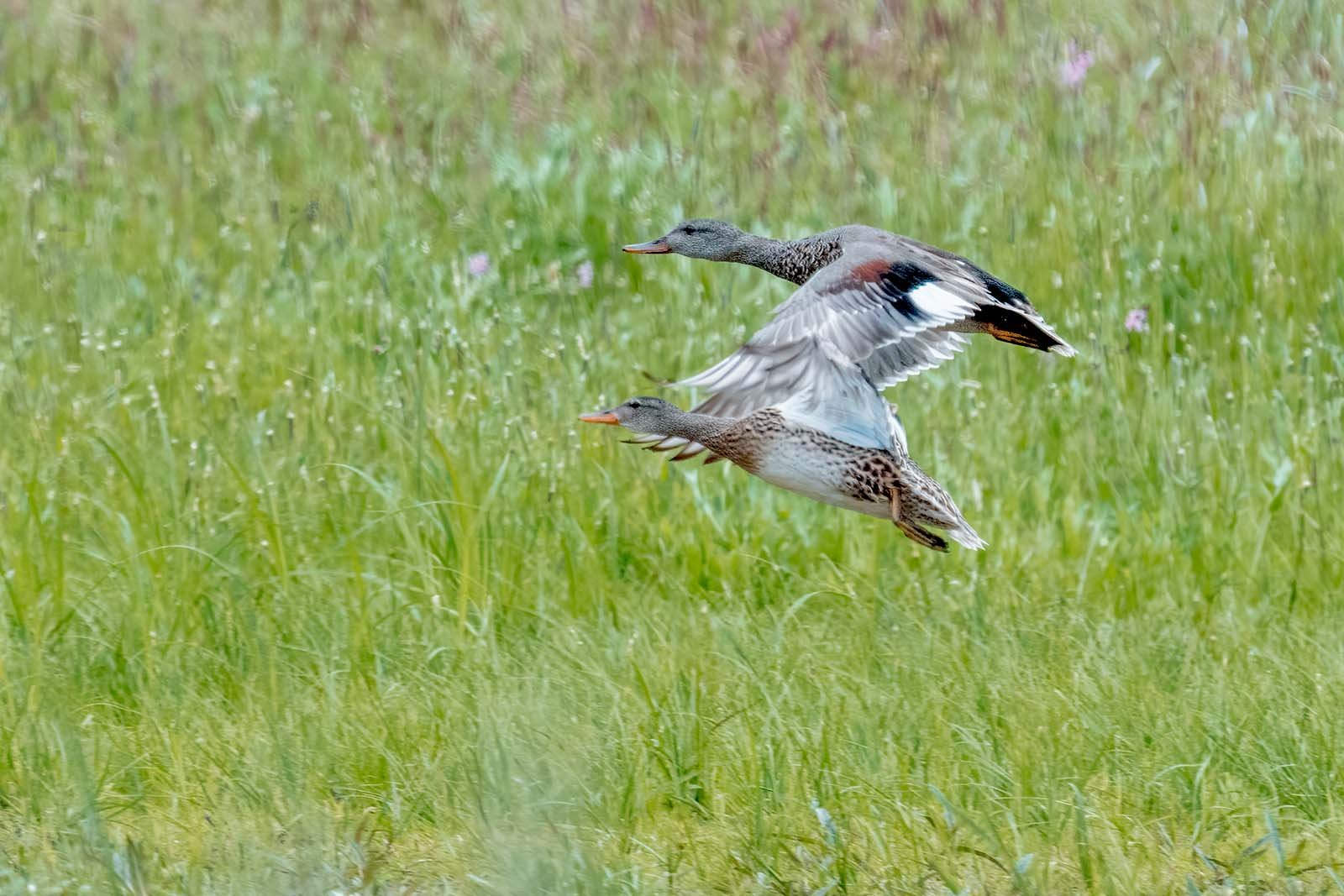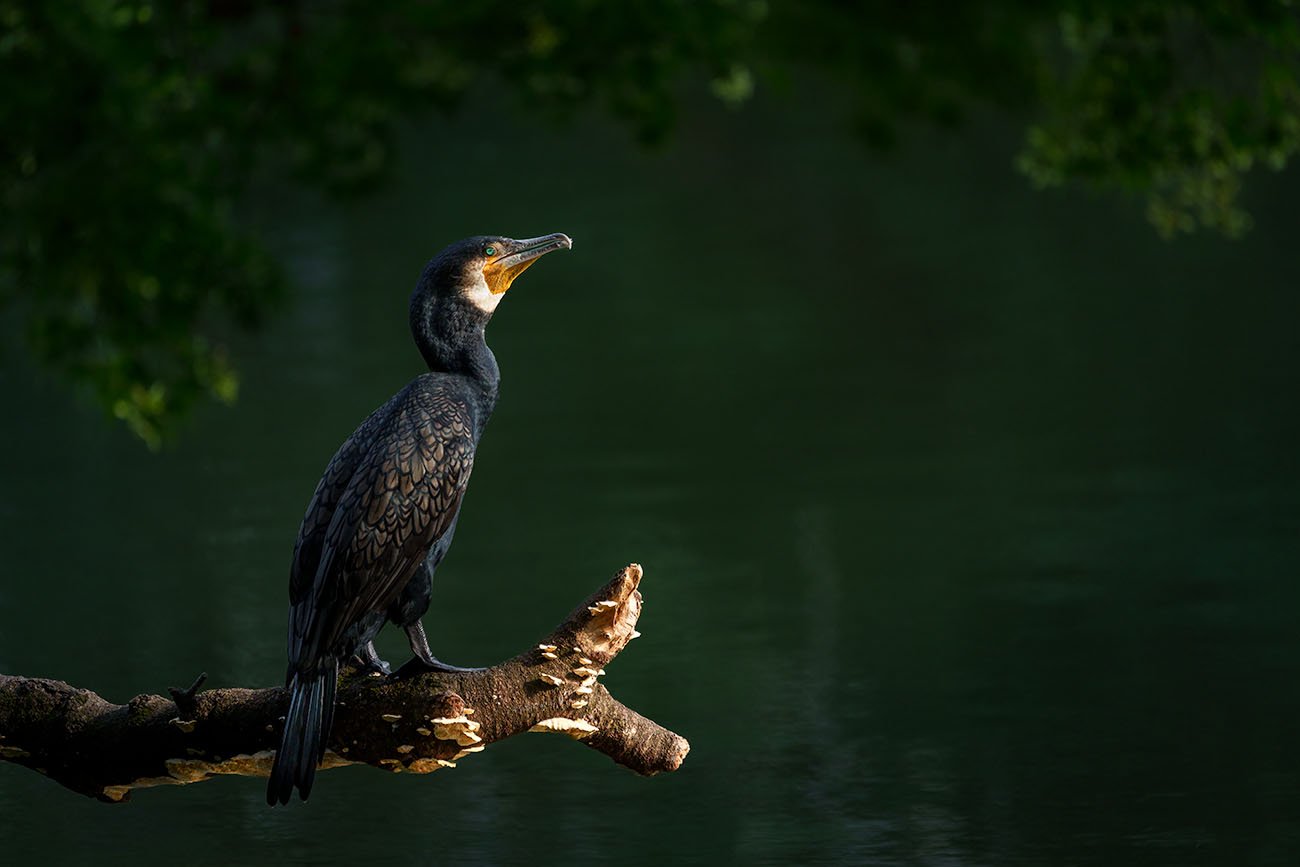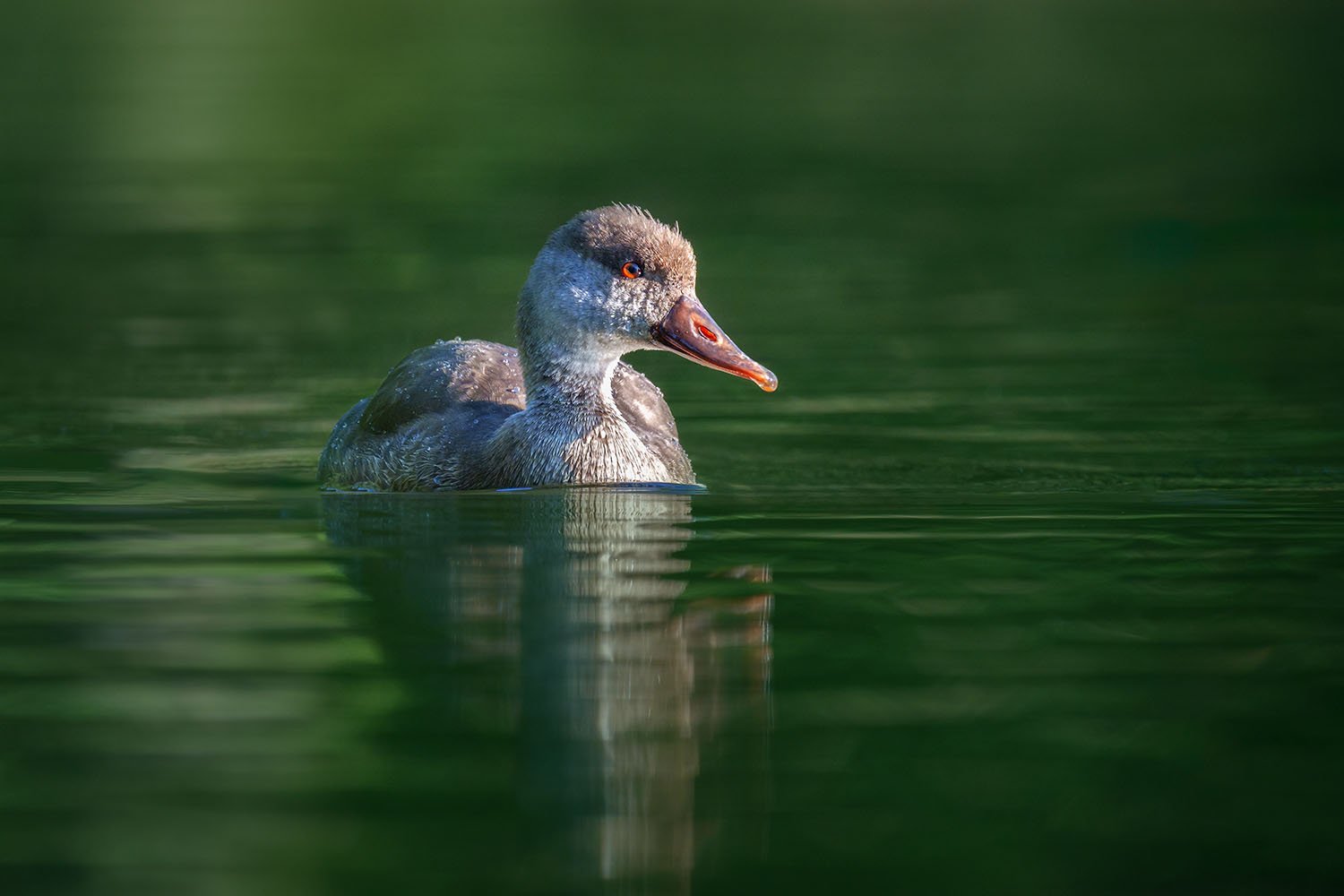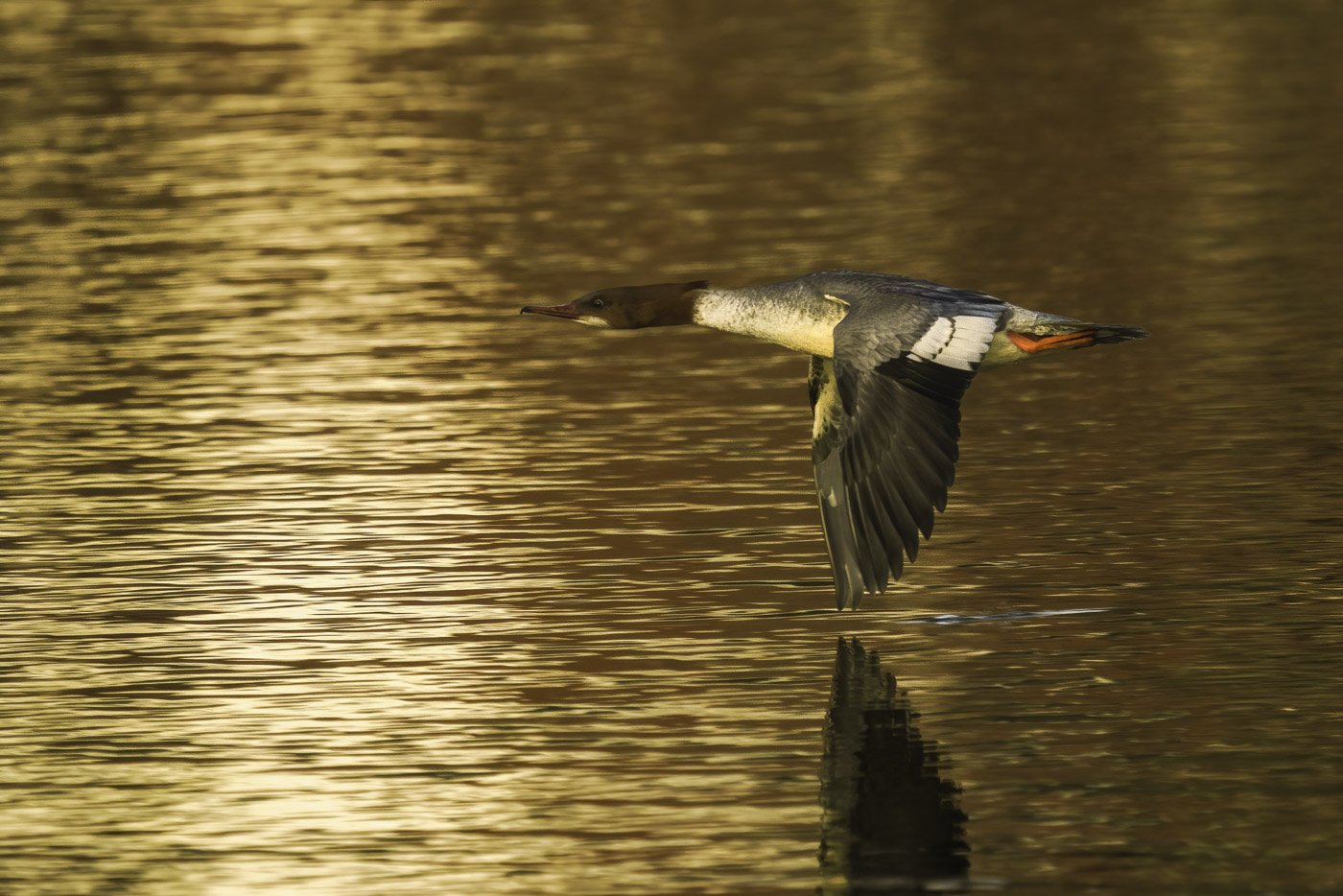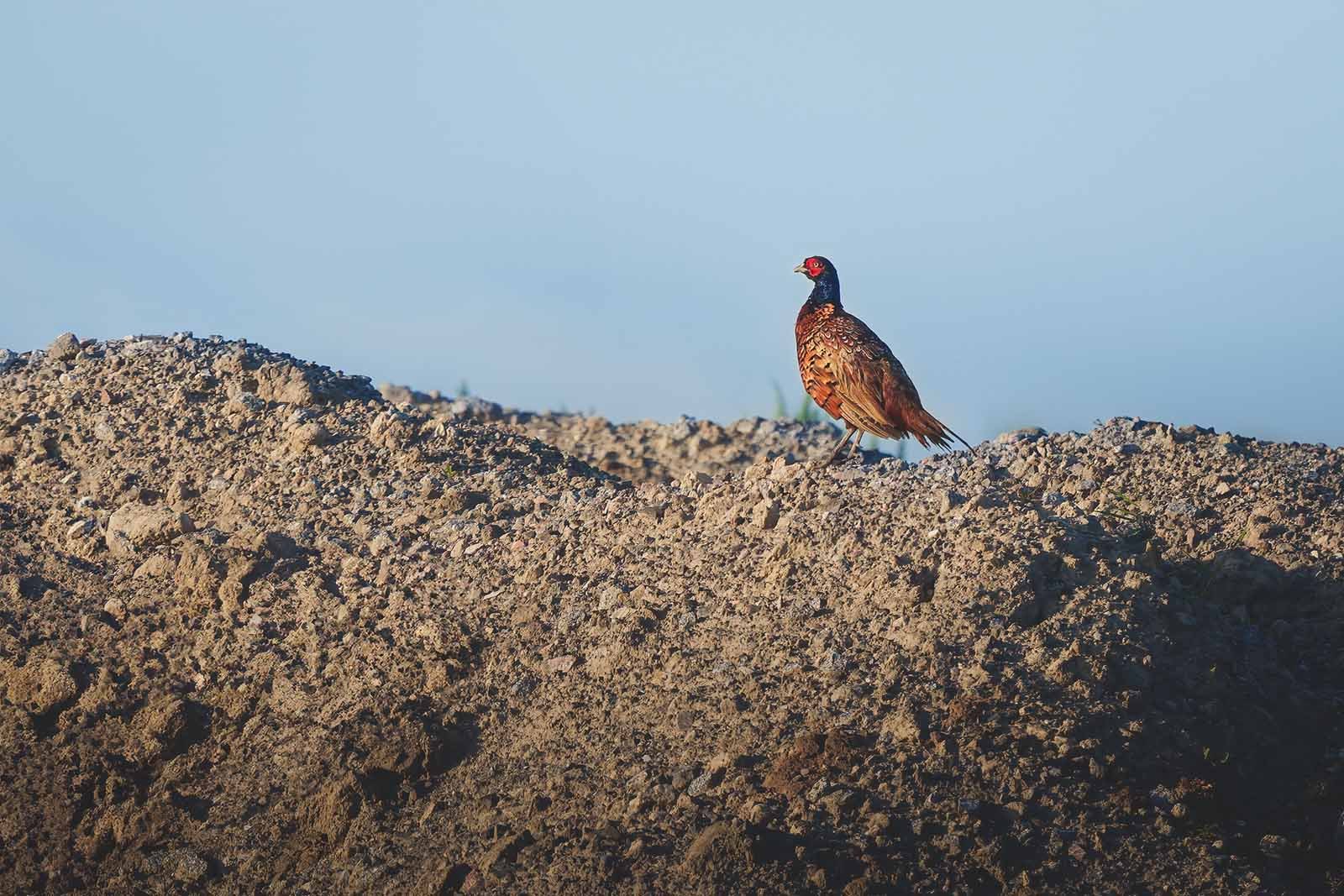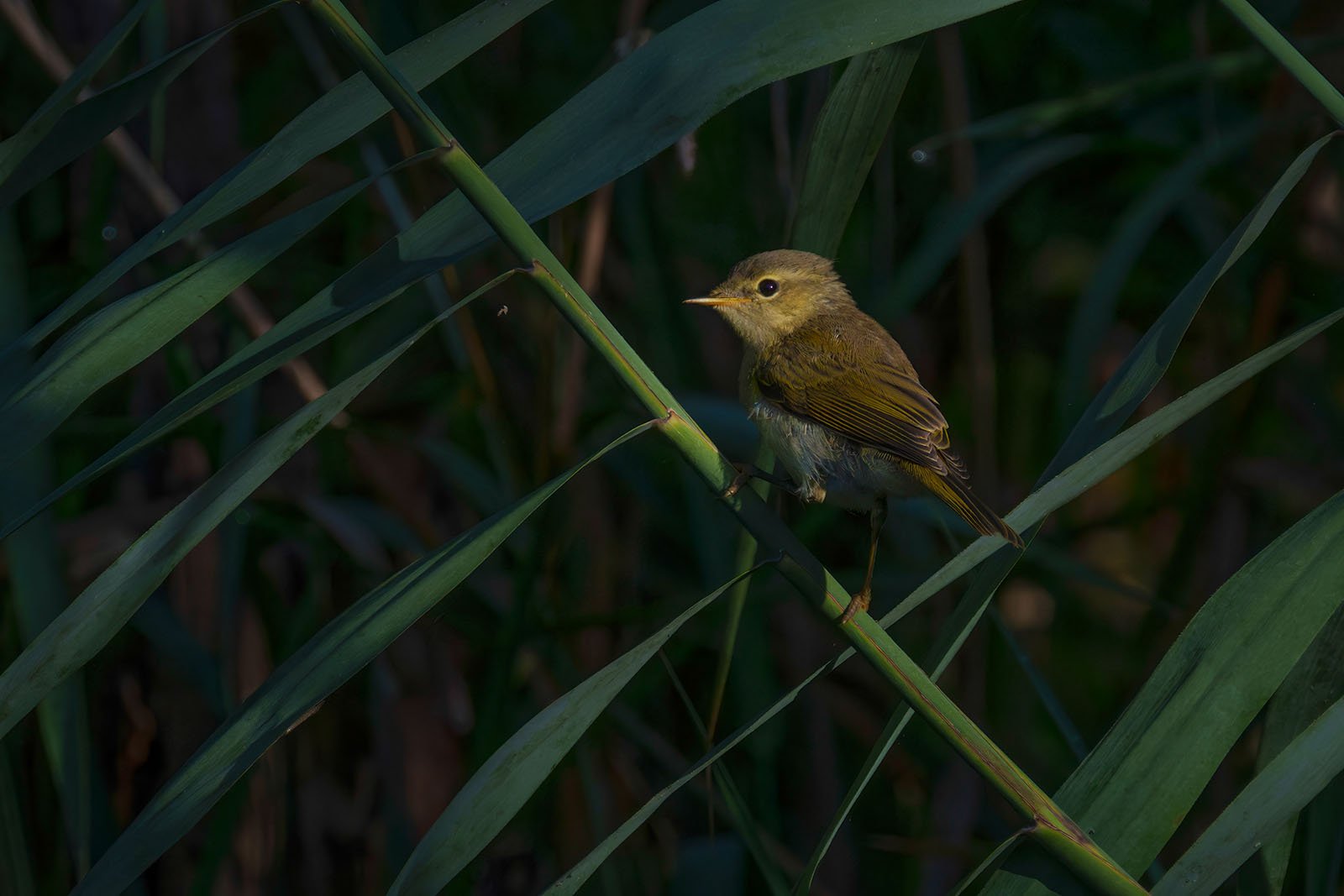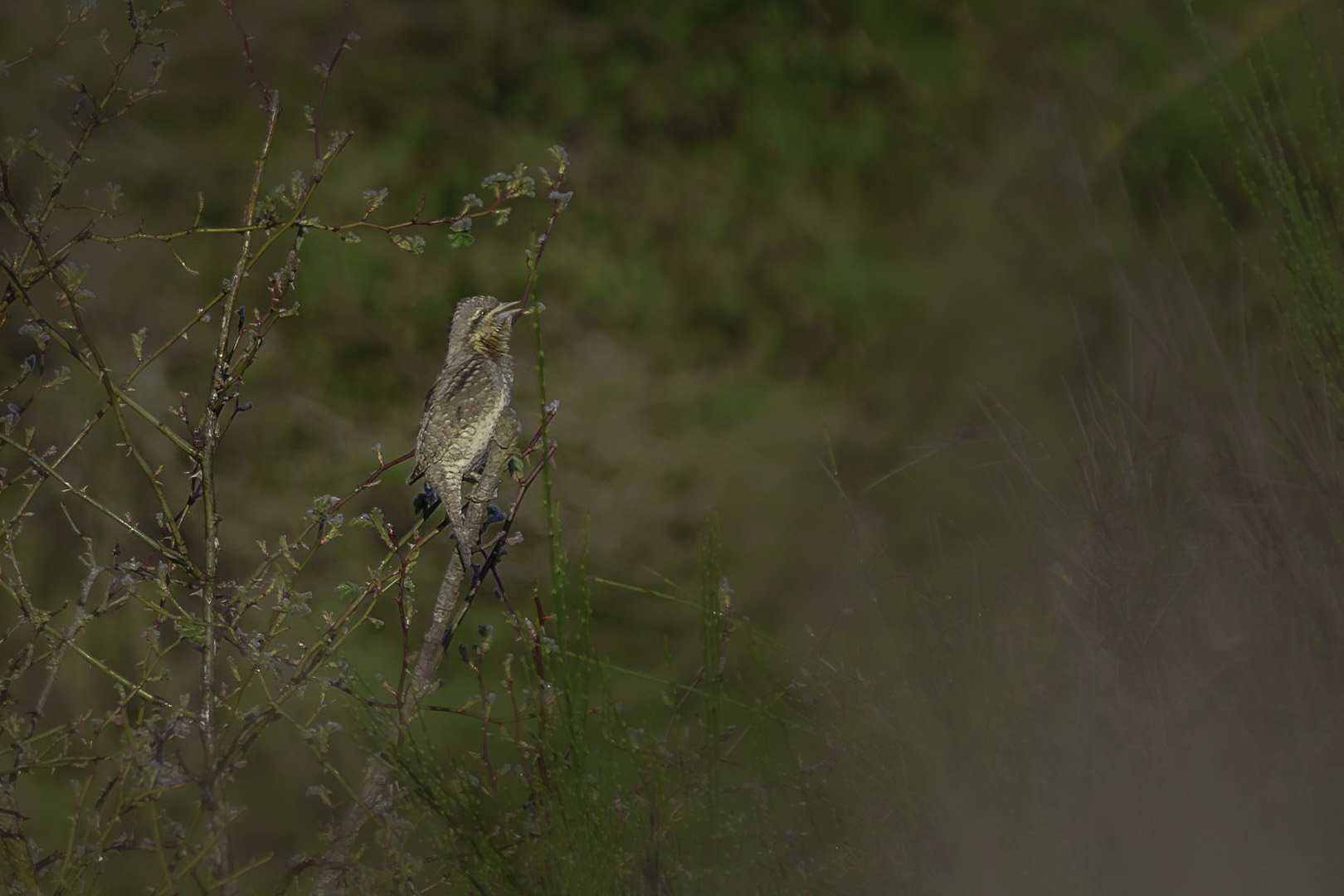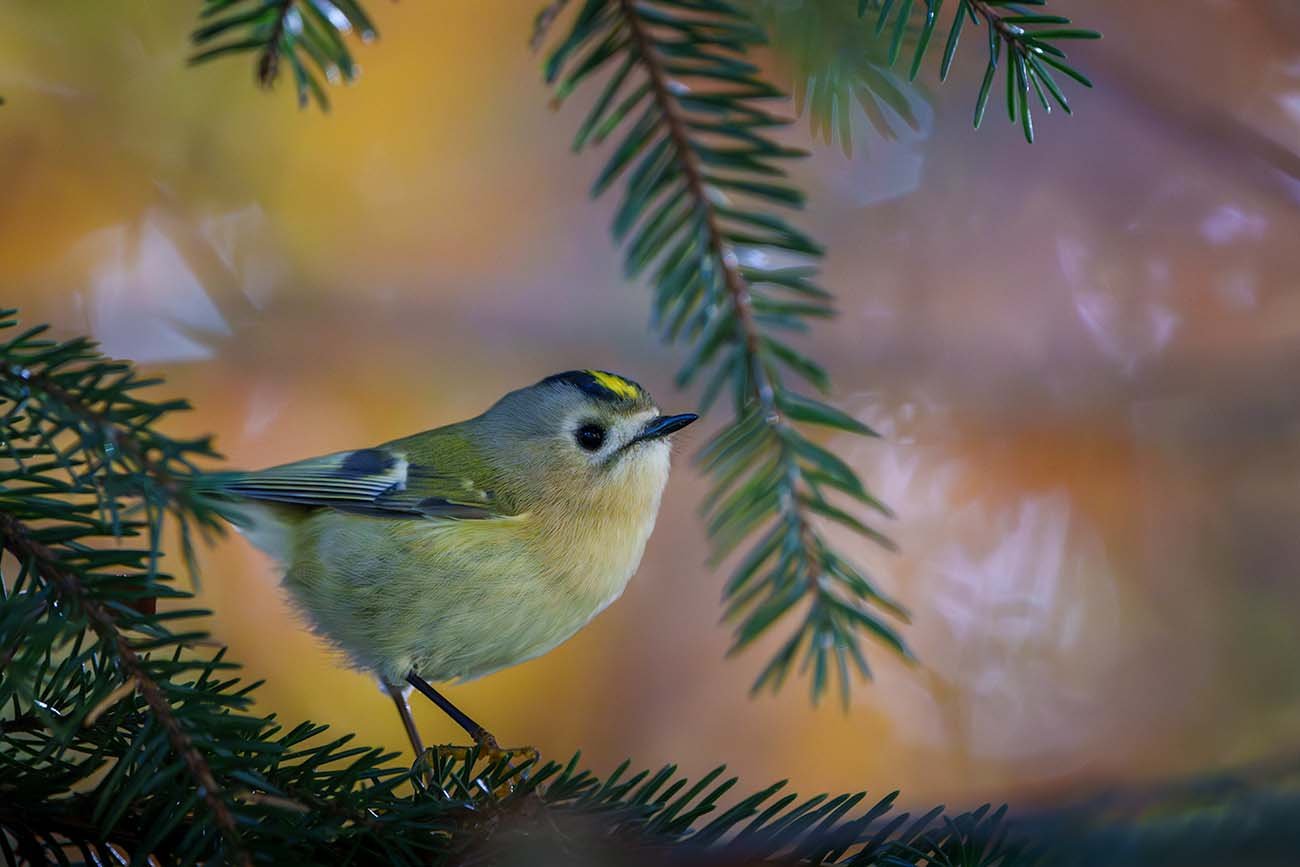Blue rock thrush (Monticola solitarius)
Blue rock thrush (Monticola solitarius) male – Image was taken on Izu - peninsula, Japan
Key data:
Size: 20 cm
Weight: 50 g
Diet: Beetles, flies, butterflies, berries, fruits
Season: Year-round in Japan. Migratory or resident bird depending on the region in Europe.
Observation tip: Mountainous areas, rocky coasts, or ruins
Photography tips:
Lens: 400 mm or higher
Difficulty level: Moderate
The Blue rock thrush, also known as Monticola solitarius, is a fascinating bird belonging to the order of passerines. With a length of about 20 centimeters, it is slightly smaller than the Starling, but its striking coloration and elusive behavior make it an interesting sight.
Characteristics of the Blue rock thrush (Monticola solitarius):
The Blue rock thrush (Monticola solitarius) exhibits clear sexual dimorphism. The males have a striking black-blue plumage, while the females appear in a gray-black tone with light spots. These differences make it easy to distinguish between the sexes. It primarily inhabits mountain valleys, rocky coasts, and occasionally ruins and settlements.
Lifestyle of the Blue rock thrush (Monticola solitarius):
The Blue rock thrush (Monticola solitarius) is known for its far-reaching, flute-like, and melancholic song. Its song is particularly noticeable when other birds are silent, such as in the evening or during a rain shower. The male Bluethroat typically sings from the top of a rocky outcrop, sometimes during a spectacular gliding flight. It is a migratory bird and returns to the same breeding site every year
Diet of the Blue rock thrush (Monticola solitarius):
They are perch hunters that scan for prey from elevated positions. Their main food source consists of insects, which they skillfully capture. Occasionally, they also feed on berries, which they take directly from the ground or plants. Water is of great importance to the Bluethroat, and they often reside near bodies of water where they can also take regular baths.
Reproduction of the Blue rock thrush (Monticola solitarius):
The Blue rock thrush (Monticola solitarius) nests in rock crevices or cavities and lays four to five eggs in May, which are incubated by the female for about 12 to 13 days. After hatching, the young remain in the nest for about 18 days before becoming fledglings. The parents jointly care for the offspring and accompany them on foraging trips in the breeding area.
Observing the Blue rock thrush (Monticola solitarius):
To observe the Blue rock thrush (Monticola solitarius), one should look for them in mountainous regions or along rocky coastlines. Their song is a characteristic feature and can be particularly well heard on sunny days. With some patience and binoculars, one can observe these fascinating birds in their natural habitat and experience their unique beauty.
Here are some key facts about the Blue rock thrush:
Appearance:
The male blue rock thrush (Monticola solitarius) has a vibrant blue throat and chest, bordered by a white and black collar. Its back is brown, and its wings and tail are rust-colored. The female has a more subdued appearance, with a brownish-gray throat and chest.
Habitat:
Blue rock thrush breed in wetland areas, such as marshes, bogs, and damp meadows, across Europe and Asia. During the winter, they migrate to southern Europe, northern Africa, and parts of Asia.
Migration:
Blue rock thrush are migratory birds, traveling long distances between their breeding and wintering grounds. They undertake these migrations during spring and autumn, following specific flyways.
Song:
The Blue rock thrush is known for its melodious and complex song. The male Blue rock thrush often perches on elevated branches or vegetation to sing, using its distinctive throat to produce a variety of melodic sounds. Its song is rich and full of trills, warbles, and mimicry of other bird species.
Breeding:
Blue rock thrush are monogamous and usually breed between May and July. The male performs courtship displays to attract a mate, showcasing its colorful throat and singing its beautiful song. The female constructs the nest on the ground, usually hidden among vegetation, and lays a clutch of 4-7 eggs. Both parents take turns incubating the eggs and feeding the chicks after hatching.
Feeding:
Blue rock thrush are insectivores, feeding on a variety of insects, spiders, and other small invertebrates. They forage by hopping on the ground or low vegetation, searching for prey. During the breeding season, they may also consume berries and seeds.
Conservation Status:
The Blue rock thrush is classified as a species of Least Concern by the International Union for Conservation of Nature (IUCN). However, localized threats such as habitat loss and degradation due to agricultural practices and drainage of wetlands can impact their populations.
Observation Tips:
If you want to observe Blue rock thrush, visit wetland areas during the breeding season. Look and listen for their distinctive song, and scan the vegetation for their colorful plumage. It is best to remain quiet and patient, as they can be skittish and easily disturbed.
The Blue rock thrush is a beautiful and captivating bird that enchants birdwatchers with its colorful appearance and delightful song. Take the opportunity to observe these fascinating birds in their natural habitats and appreciate their unique presence.








